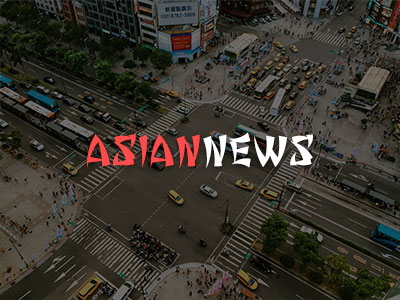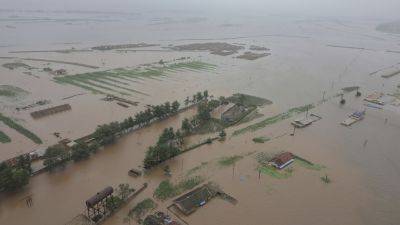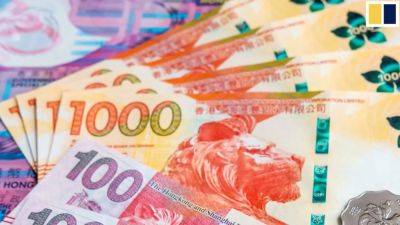The world needs to care more about the Mekong
This article was first published by Pacific Forum and is republished with kind permission. Read the original here.
At the 37th Asia-Pacific Roundtable: Crisis in an Interregnum held in Kuala Lumpur June 4-6, 2024, scholars and practitioners from across the world covered a range of conflicts and disputes in the region.
There have been heated debates on Gaza, Ukraine and the South China Sea. As an increasingly influential global power, China’s stance and behaviors in these international security issues were scrutinized at the Roundtable. Yet a salient issue that has been overlooked is the Mekong River, where the livelihoods of over 50 million inhabitants are on the line.
Since last year, escalating tensions and standoffs between China and the Philippines in the South China Sea have once again made the headlines. This issue prompted ASEAN to release an “unprecedented” joint statement on the matter before the end of 2023.
Though The Atlantic characterizes the South China Sea dispute as “the most dangerous conflict no one is talking about,” there is another body of water that has received far less attention than it should. Conspicuously absent from the Roundtable’s discussions, however, was the issue of the Mekong River’s transboundary governance.
The Mekong River, also known as the Lancang River within China, flows through five Southeast Asian mainland states: Myanmar, Lao PDR, Thailand, Cambodia, and Vietnam. The river has been subject to numerous controversies in recent years, many of which involve China.
While the South China Sea territorial disputes have facets of economic benefits, freedom of navigation, and security, the major rhetoric has to do with asserting national sovereignty. On the contrary, what happens to the







